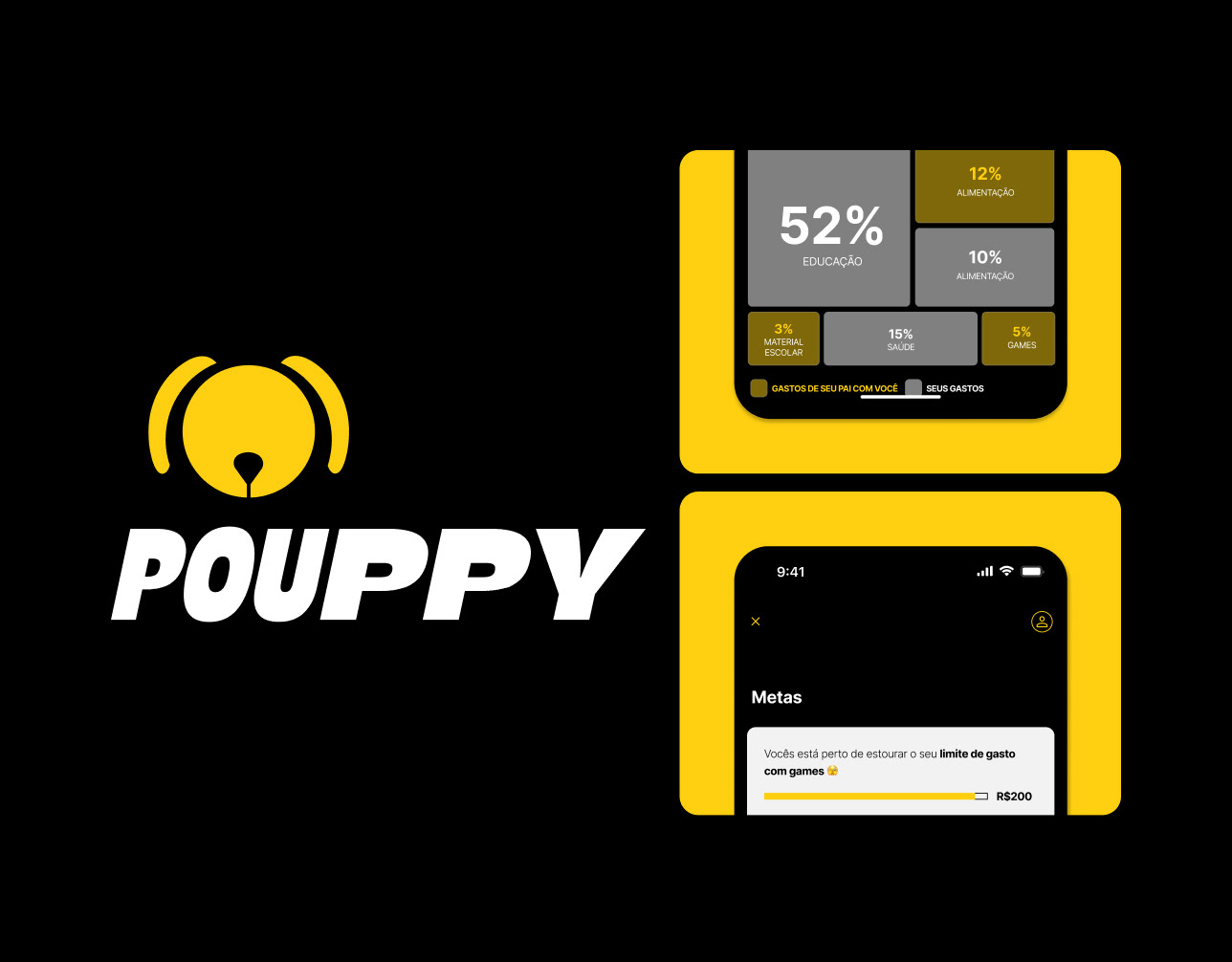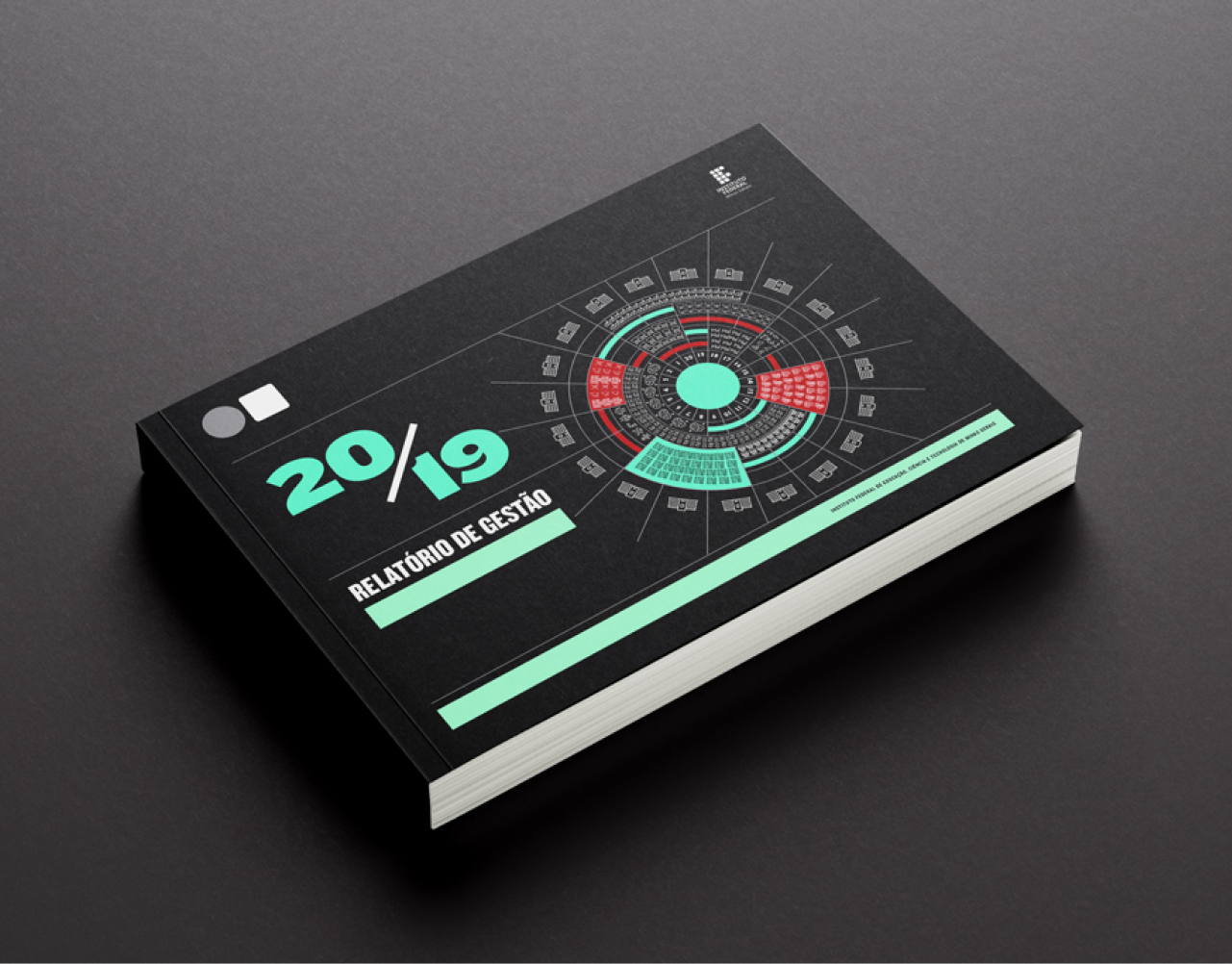The main challenge was addressing the perceived lack of value in existing models like MVAs and MMMs. Users noted issues like limited actionable insights, reliance on outdated data, and a lack of depth. Additionally, the focus on short-term ROI clashed with the company's move towards digital strategies for attracting younger consumers. This challenge was worsened by data ownership hurdles, biases in third-party data, difficulties in measuring long-term ROI, and internal management issues.
UX Research
In my role as a Visual and Service/Strategic Designer for this project, I proposed a Visual Identity System (VIS) to present the results. The concept aimed to visually depict the input data entering the model and the subsequent output recommendations.
Storyboard that would represent the future state of the ROI tool.
• Biases in Third-Party Data: A significant concern arises from the heavy reliance on third-party data. This reliance introduces biases toward traditional mediums, prompting questions about the accuracy and fairness of insights.
• Long-Term ROI Measurement Dilemma: Research with SMEs has not provided clear solutions for measuring long-term ROI. This gap in understanding leads to difficulties in accurately attributing marketing initiatives.
• Multiplier Effect Complexity: Calculating ROI encounters complexity due to the multiplier effect. This complexity makes it challenging to address the diverse consumer influences on purchasing decisions.
• Internal Issues: Solutions to internal issues are largely related to management and communication. There are concerns about the perceived determinism of ROI recommendations.
• Financial Visibility Challenges: Financial stakeholders lack visibility on long-term ROI. This potential gap in understanding raises concerns about potential conflicts between marketing and finance regarding investment prioritization.
Report including the historical timeline, insights, and personas developed.











